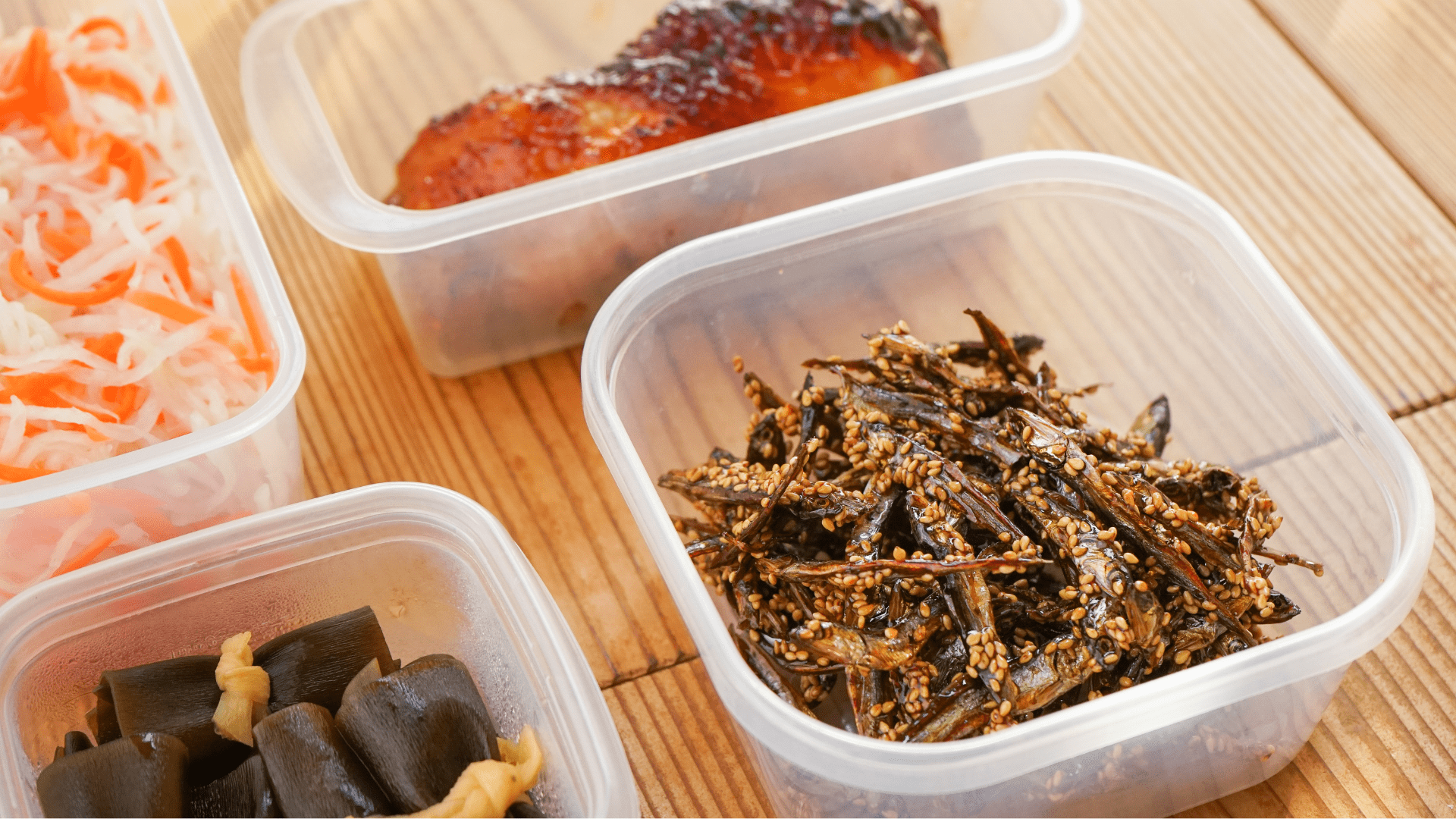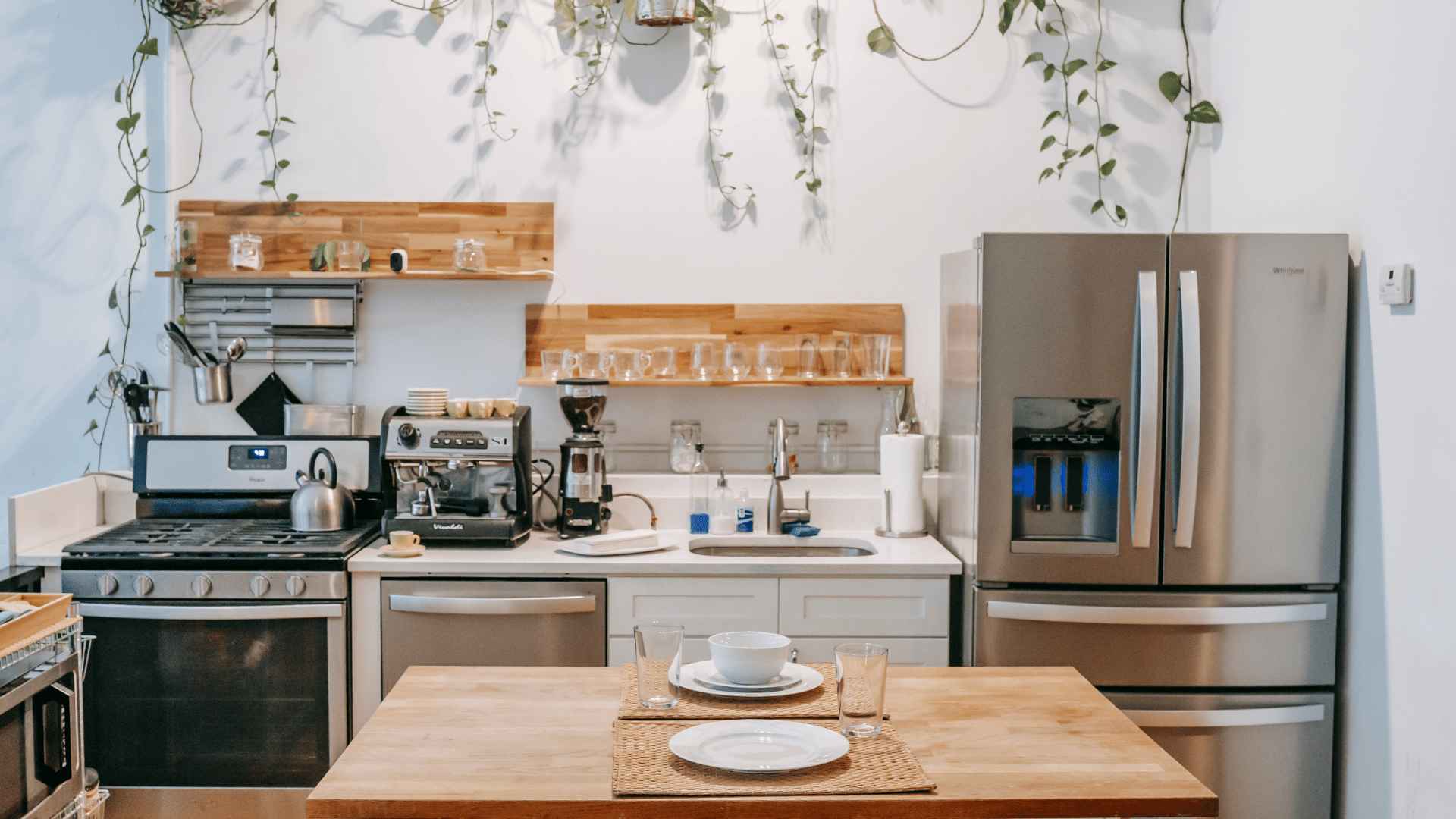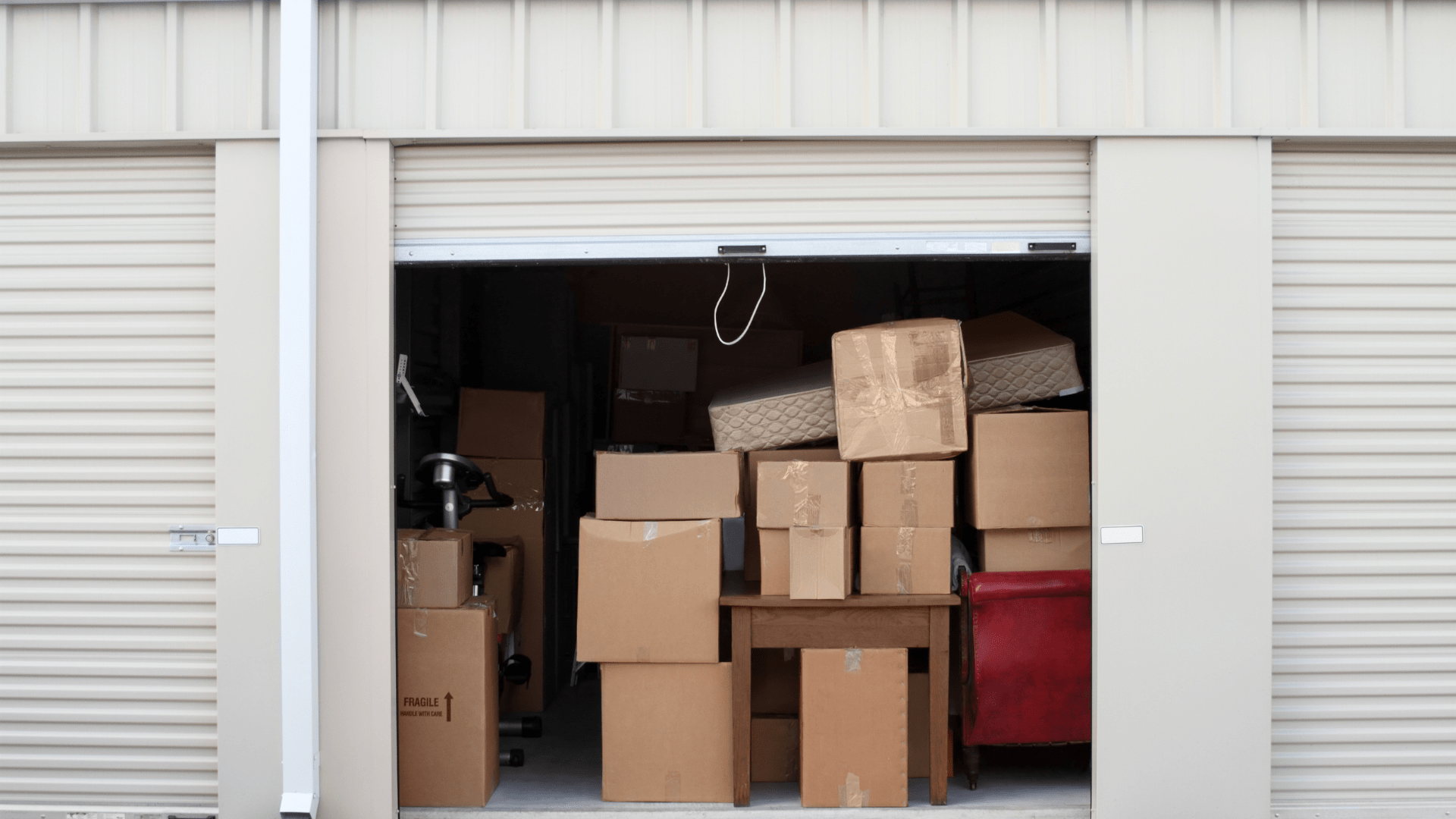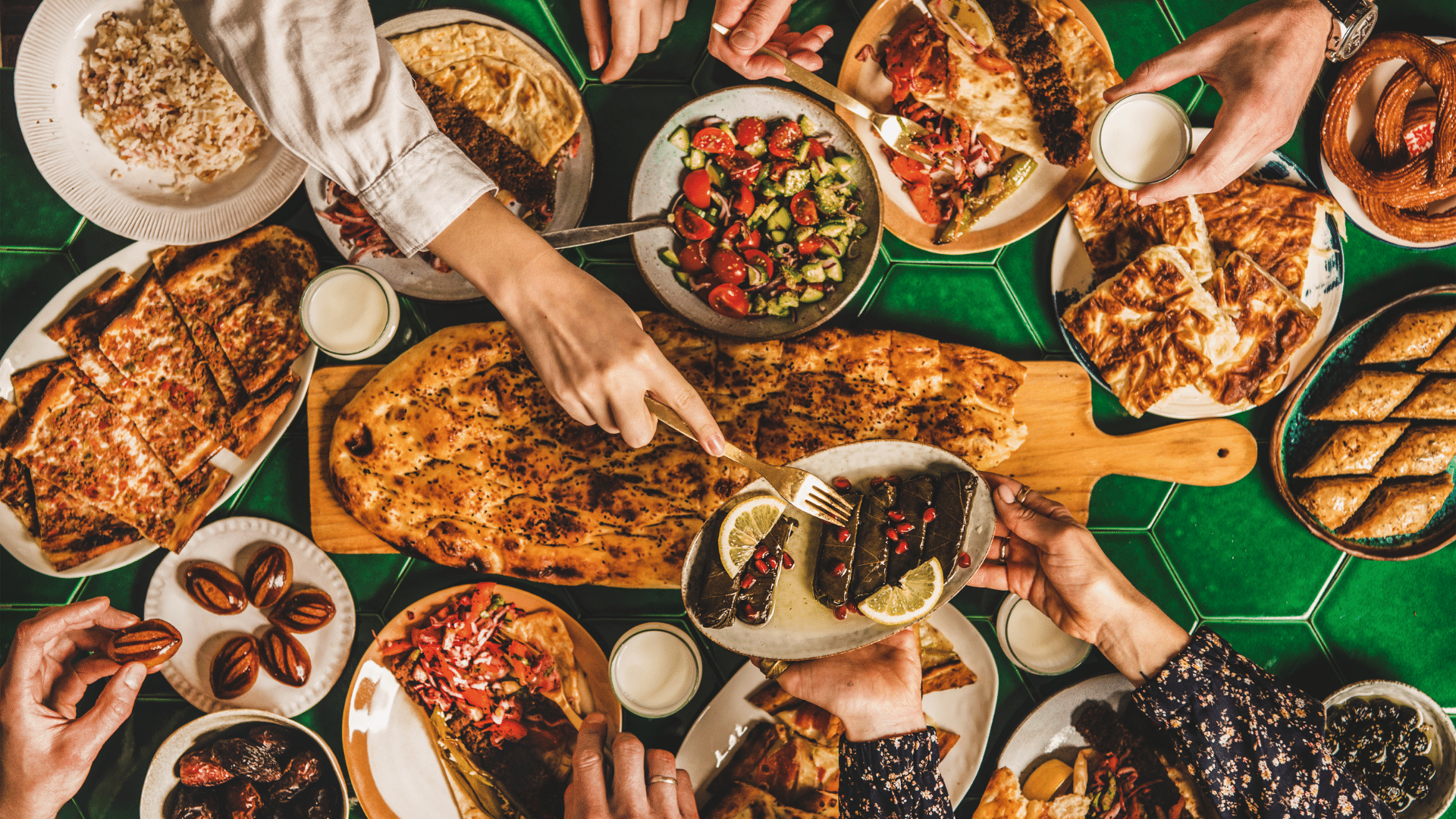The joy of holiday gatherings often with leftover food comes with a delightful side effect: leftovers! From the decadent lechon baboy to the savory sides like leche flan and sweet desserts, having extra holiday food means delicious meals in the days to come. However, proper storage is key to preserving the flavors and safety of your leftovers. In this article, we'll explore some savvy tips on how to store your holiday leftovers to ensure they remain fresh, tasty, and ready for enjoyment.
1. Quick Chilling and Refrigeration
a. Prioritize Prompt Refrigeration:
One of the first steps to ensuring the longevity of perishable foods stored in the fridge for your holiday leftovers is to refrigerate them promptly. Bacteria multiply rapidly at room temperature, potentially compromising the safety and quality of the food. Aim to refrigerate perishable items within two hours of serving.
b. Portion Control for Efficient Cooling:
Divide large portions of leftovers into smaller, shallow storage containers before refrigerating. This facilitates quicker cooling, reducing the time food spends in the "danger zone" (40°F to 140°F or 4°C to 60°C), where harmful bacteria can thrive. Rapid cooling helps preserve both taste and texture.
2. Proper Packaging Techniques
a. Airtight Containers for Freshness:
Invest in airtight containers for storing your leftovers. These containers help prevent exposure store food to air, which can contribute to food spoilage and freezer burn. Ensure that lids of plastic containers are securely sealed to maintain the flavors and textures of your holiday dishes.
b. Quality Food Wrap for Individual Items:
For smaller items like slices of pie, individual portions of turkey, or single servings of side dishes, use quality food wrap. Wrap items tightly to prevent air or cold water from reaching the food, and label each package with the date to keep track of freshness.
3. The Freezing Strategy
a. Label and Date Containers:
If you plan to freeze leftovers for longer storage, labeling is crucial. Clearly mark containers with the name of food item in the dish and the date it was prepared. This ensures that you can prioritize eating leftovers over consuming older items first and helps avoid food waste.
b. Optimal Freezer Storage:
Arrange containers in the freezer with a methodical approach. Store similar items together, such as all soups in one freezer bag or section and casseroles in another storage container. This organization makes it easier to locate specific dishes when you're ready to thaw and reheat.
c. Freezing:
- Freezing is a great way to extend the shelf life of leftovers for up to 3 months.
- Soups, stews, and sauces: Freeze in zip-top bags or airtight containers, leaving some headspace for expansion.
- Cooked meat and poultry: Portion and freeze in airtight containers or freezer bags.
- Pasta, rice, and grains: Freeze in airtight containers or freezer bags.
- Vegetables: Blanch vegetables before freezing to retain their texture and color. Store in airtight containers or freezer bags.
4. Safe Thawing Practices
a. Gradual Thawing in the Refrigerator:
When you're ready to enjoy your frozen leftovers, opt for gradual thawing in the refrigerator. This method maintains the quality of the food while minimizing the risk of bacterial growth. Plan ahead, as refrigerated leftovers for larger items may require a day or more to the refrigerator thawing out completely.
b. Microwave Thawing for Quick Results:
If time is of the essence, you can use the microwave for thawing leftovers . Use the microwave's defrost setting or lower power levels to avoid partially cooking the frozen food first. Be prepared to proceed with immediate cooking or reheating after thawing in the microwave.
- Thaw frozen leftovers in the refrigerator overnight or under cold running water. Never thaw food at room temperature.
- Reheat leftovers to an internal temperature of 165°F for cooked meat and poultry and 140°F for other foods.
- Use a food thermometer to ensure proper reheating temperature.
- Reheat leftovers only once. Don't reheat and then re-chill food, as this increases the risk of bacterial growth.
It can also be thawed on air or surrounding environment
5. Reheating Cooked Foods Techniques for Optimal Flavor
a. Oven Reheating for Even Cooking:
For casseroles, roasted meats, and baked goods, consider using the oven for reheating. This method provides even heating and helps retain the original textures and flavors of the dish. Cover with foil to prevent drying out.
b. Stovetop Reheating for Quick Results:
Soups, stews leftover vegetables, and sautéed dishes can be efficiently reheated on the stovetop. Use a low to medium heat setting to prevent burning and stir occasionally to ensure even warming. Add a splash of broth or water to maintain moisture.
6. Creative Reinvention of Leftovers
a. Transform Leftovers into New Dishes:
Rather than simply just reheating leftovers from the same meal, get creative with reinventing leftovers into new dishes. Turn roasted vegetables into a frittata, transform turkey into a delicious sandwich, or repurpose mashed potatoes into savory pancakes. This not only reduces monotony but also minimizes food waste.
b. Incorporate Leftovers into Meal Planning:
Include your leftover items in your weekly meal planning. By using store leftovers properly strategically incorporating leftovers into upcoming meals, you can enjoy the flavors of food safety the holiday season without feeling overwhelmed by the sheer volume of extra food.
Here are some additional tips for reheating specific types of hot food here:
- Soups and stews: Reheat gently over low heat to prevent scorching.
- Meat and poultry: Reheat in a covered pan or microwave with a splash of liquid to prevent drying out.
- Pasta and rice: Add a little moisture, such as broth or water, to prevent dryness.
- Vegetables: Steam or microwave gently to retain their nutrients and texture.
General Storage Tips
- Cool food quickly: Don't leave cooked food sitting out at room temperature for more than 2 hours. Bacteria grows rapidly between 40°F and 140°F, so the sooner you refrigerate or freeze your leftovers, the better.
- Divide and conquer: Separate leftovers into smaller portions for quicker cooling and easier reheating.
- Choose the right containers: Use airtight containers or freezer bags to prevent leaks, odors, and freezer burn. Avoid storing food in aluminum foil or plastic wrap, as they don't offer proper protection.
- Label and date: Label your containers with the contents and date to avoid food storage mystery.
Refrigeration:
- Most leftovers will keep in the refrigerator for 3-4 days.
- Soups, stews, and gravies: Store in airtight containers or zip-top bags.
- Cooked meat and poultry: Let cool slightly, then portion and store in airtight containers.
- Pasta, rice, and grains: Store in airtight containers.
- Vegetables: Store in airtight containers or wrap in damp paper towels.
Freezing:
- Freezing is a great way to extend the shelf life of leftovers for up to 3 months.
- Soups, stews, and sauces: Freeze in zip-top bags or airtight containers, leaving some headspace for expansion.
- Cooked meat and poultry: Portion and freeze in airtight containers or freezer bags.
- Pasta, rice, and grains: Freeze in airtight containers or freezer bags.
- Vegetables: Blanch vegetables before freezing to retain their texture and color. Store in airtight containers or freezer bags.
Storing holiday leftovers doesn't have to be a daunting task. With these savvy tips, you can ensure that your extra helpings of joy remain fresh, flavorful, and safe for consumption. From prompt refrigeration to creative reinvention, these practices will not only preserve the deliciousness of wrap leftovers from your holiday dishes but also add convenience and variety to your post-celebration meals. So, savor the season a little longer by mastering the art of storing your holiday leftovers with care and consideration.







